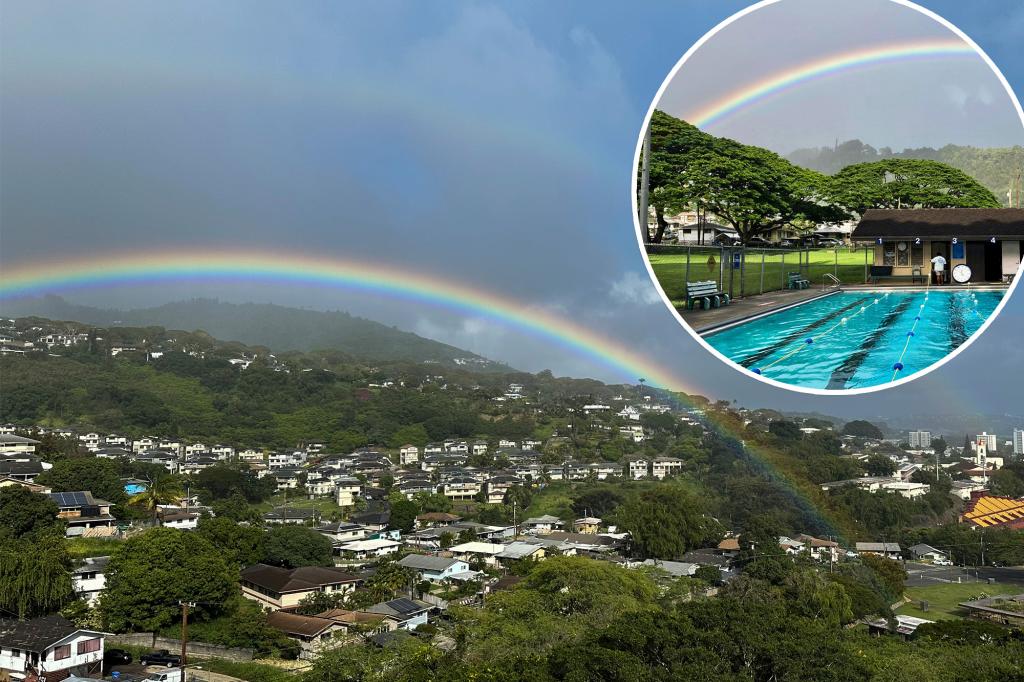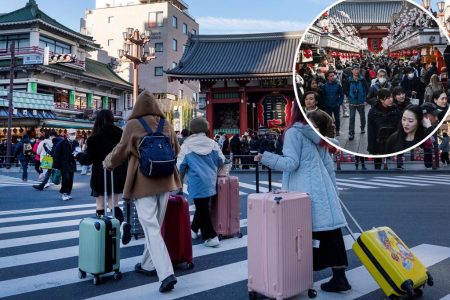Hawaii: The Rainbow Capital of the World
Hawaii is renowned as the "rainbow capital of the world" due to its unique combination of frequent rain showers and abundant sunshine, creating ideal conditions for rainbows. These natural wonders form when sunlight interacts with raindrops, a common occurrence in Hawaii’s climate, which is influenced by trade winds bringing short, regular showers and clear skies. The clean air in Hawaii enhances the vibrancy of these rainbows, making them more striking than in other regions with higher pollution levels.
The Science Behind Hawaiian Rainbows
The size and visibility of rainbows in Hawaii vary with the time of day. During the early morning and late afternoon, when the sun is lower, rainbows appear larger and higher in the sky. This is due to the sun’s angle, which affects how much of the rainbow is visible. Additionally, the trade winds’ consistent presence ensures frequent, brief rain showers, creating numerous opportunities for rainbows to form. University of Hawaii professor Steven Businger highlights these conditions, noting Hawaii’s superior environment for rainbows, even developing an app, RainbowChase, to help enthusiasts locate them.
Cultural Significance of Rainbows
Rainbows hold profound cultural and spiritual significance in Native Hawaiian traditions, symbolizing divine power, particularly associated with the god Kāne. They appear in ancient stories, such as the rainbow over a Hawaiian princess’s home and another signaling her suitor’s arrival. Rainbows are also linked to "aumakua," deified ancestors, indicating spiritual presence and protection. For Native Hawaiians, each rainbow sighting is a meaningful event, connecting them to their spiritual heritage and loved ones who have passed.
Rainbows in Modern Hawaiian Life
In modern Hawaii, rainbows are an integral part of daily life and identity. The University of Hawaii’s sports teams, the Rainbow Warriors and Rainbow Wahine, take their names from this symbol, reflecting community pride. While the name was briefly changed in 2000, it was reintroduced in 2013, underscoring its enduring significance. Rainbows also appear on license plates, buildings, and public transport, showcasing their role in Hawaiian culture and tourism.
Impact of Climate Change
Climate change poses a potential threat to Hawaii’s rainbows. While regions like Alaska may experience more rainbows due to changing precipitation patterns, areas like Brazil and the Mediterranean may see fewer. In Hawaii, longer dry spells could reduce rainbows on drier islands. However, scientists predict that rainbows will remain plentiful overall, though their frequency may decrease in certain areas. This highlights the interconnectedness of environmental changes with cultural symbols and daily life.
Rainbows as a Source of Inspiration
Rainbows inspire a sense of presence and wonder, offering a fleeting moment of beauty that transcends daily concerns. They remind us to appreciate the here and now, a rare respite in busy lives. For Hawaiians, rainbows are not just natural phenomena but deeply personal and cultural symbols, connecting them to their heritage and spirituality. Whether in stories, daily life, or scientific study, rainbows continue to captivate and inspire, embodying the essence of hope and new beginnings in Hawaii.












